Description
Understanding Calcium Hypochlorite 65% Granular: A Comprehensive Overview
Calcium hypochlorite, often written as Ca(OCl)₂, is a versatile chemical compound widely recognized for its applications in water treatment, sanitation, and various industrial processes. The granular form, particularly the 65% concentration, has garnered significant attention due to its effectiveness, ease of use, and stability. This article aims to delve into the characteristics, applications, safety, and handling of Calcium Hypochlorite 65% Granular.
What is Calcium Hypochlorite?
Calcium hypochlorite is a white, granular chemical compound that serves primarily as a bleaching agent and disinfectant. It is commonly used for water treatment and as a sanitizer in swimming pools, offering broad-spectrum efficacy against bacteria, viruses, and algae. The 65% granular form refers to the concentration of active chlorine available in the compound, making it a potent agent for various applications.
Chemical Properties
Chemical Formula: Ca(OCl)₂
Molar Mass: 142.98 g/mol
Physical State: Solid (granular)
Appearance: White powder or granules
Solubility: Moderately soluble in water, where it releases hypochlorous acid (HClO).
Applications of Calcium Hypochlorite
1. Water Treatment
One of the most significant uses of Calcium Hypochlorite is in water treatment. It effectively disinfects drinking water, removing harmful bacteria, viruses, and pathogens, ensuring a safe water supply. The compound is also utilized in wastewater treatment, helping in the breakdown of organic material and killing harmful microorganisms.
2. Swimming Pool Sanitation
Calcium Hypochlorite is a popular choice for swimming pool sanitation. It effectively maintains water clarity and hygiene by eliminating algae, bacteria, and chloramines, ensuring a safe swimming environment for users.
3. Industrial Applications
Industrially, Calcium Hypochlorite finds applications in the textile, paper, and food processing industries. Its bleaching properties make it suitable for fabric whitening, pulp bleaching, and the sanitation of food processing equipment.
4. Odor Control and Waste Management
Due to its strong oxidizing properties, Calcium Hypochlorite is often used in odor control and waste management systems to neutralize unpleasant smells and treat solid waste.
Safety and Handling
While Calcium Hypochlorite is highly effective, it is essential to handle it with care due to its reactive nature. Here are some key safety considerations:
1. Personal Protective Equipment (PPE)
When handling Calcium Hypochlorite, appropriate PPE should be worn, including gloves, goggles, and respiratory protection, especially in poorly ventilated areas.
2. Storage
Calcium Hypochlorite should be stored in a cool, dry place, away from organic materials, acids, and direct sunlight to prevent decomposition. Proper storage reduces the risk of spontaneous combustion.
3. First Aid Measures
In the event of exposure, take the following steps:
Skin contact: Rinse with plenty of water and seek medical attention if irritation persists.
Eye contact: Flush immediately with water for at least 15 minutes and seek medical help.
Ingestion: Rinse mouth and do not induce vomiting. Seek immediate medical assistance.
Inhalation: Move the affected individual to fresh air. If symptoms persist, seek medical attention.
Conclusion
Calcium Hypochlorite 65% Granular is a powerful chemical known for its broad-spectrum disinfecting properties and versatility in various applications. From water treatment to industrial processes, its effectiveness is unparalleled. However, due to its reactive nature, it is crucial to handle and store the compound properly to ensure safety. With the right precautions, Calcium Hypochlorite can be an invaluable tool in maintaining cleanliness and hygiene in multiple settings. Whether you’re ensuring safe drinking water or maintaining a pristine pool, understanding the characteristics and applications of this compound is essential for effective and safe usage.



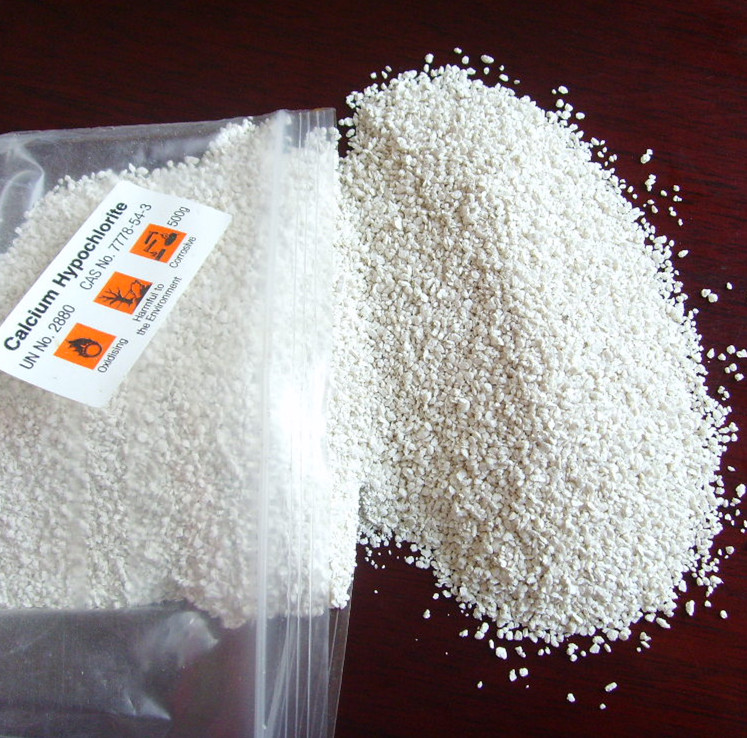

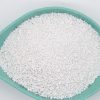
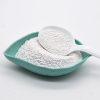


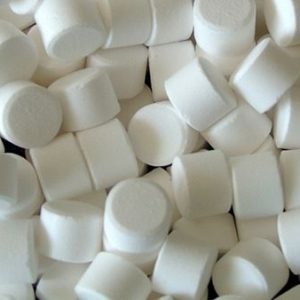
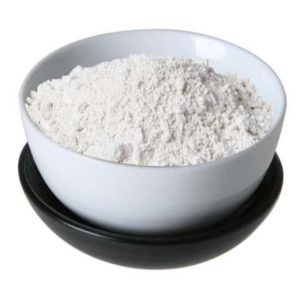
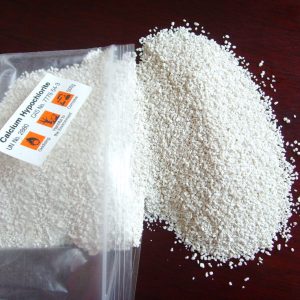
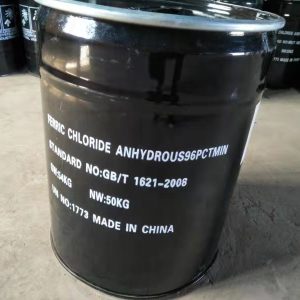

Reviews
There are no reviews yet.